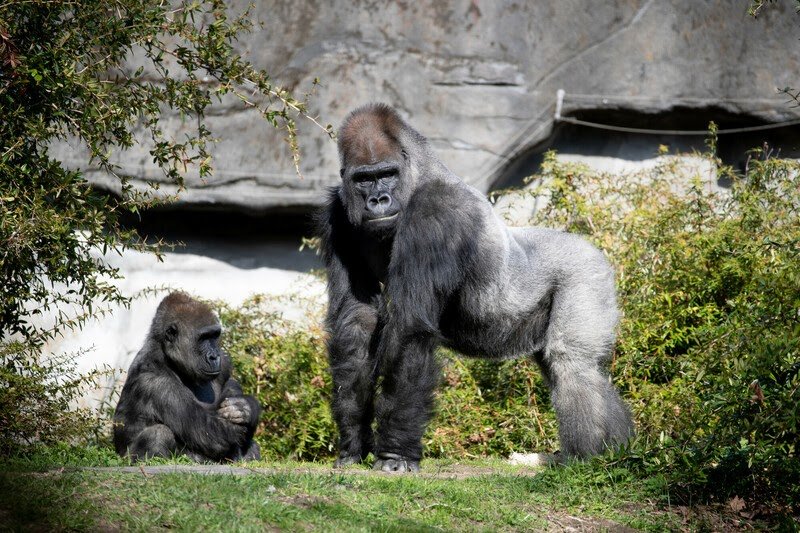Posted by Elizabeth Bacher, Communication
Editor’s note: Special thanks to Gorilla Keepers Kate Gordon and Stephanie Payne. It is because of their hard work and close, trusting relationships with the gorillas that we can share stories like this with you.
| The conditions that our animal holders have developed with gorillas that Olympia and Nadaya have seen here have allowed our care team to more carefully monitor their heart health. Photo: Jeremy Dwyer-Lindgren/Woodland Park Zoo |
Heart health is important to all of us, especially as we get older. This also applies to gorillas and other monkeys that live in human care. They are susceptible to health problems associated with heart -vessel diseases – also known as CVD or more simple “heart disease” – just as we are.
Formally established in 2010, Great Ape Heart Project (GAHP) addresses the critical need to trace and understand heart disease in major monkeys – including gorillas, chimpanzees, orangutututans and bonobos living in human care. As with humans, cardiovascular disease can lead to health falls and even death for these primates – especially as they grow older. The goal of GAHP is to establish uniform strategies for the prevention of heart disease as well as advanced diagnostic tools and treatment plans that can be shared with partner zoos and veterinary schools/hospitals around the world. Another important element is to establish baseline heart readings of monkeys when awake – without sedation. The readings taken during a sedated exam can be informative, but are not as accurate as readings taken under a normal, waking state.
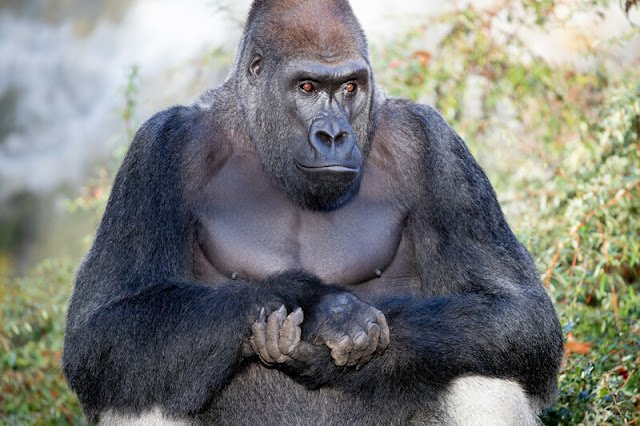 |
| Kwame seems to enjoy one-on-one time with Gorilla Keepers. He participates in training sessions to monitor his health, plus he benefits from some of his favorite goodies in a casual setting. Photo: Jeremy Dwyer-Lindgren/Woodland Park Zoo |
One of the most basic and least invasive ways of monitoring heart health is using an electrocardiogram – also known as an ECG – which uses electrical signals through sensors next to the skin to detect heartbeat. In the past years, ECGS was to be performed in medical offices or hospitals. But today, the use of apps on personal devices, including smartphones and watches, allows people to participate in their own care by monitoring their heart health from home.
Some zoos are now using cardiamobile -Brand sensors – the same people can use – to track heart health in great monkeys. In addition to being easily accessible, they are also relatively cheap and can be used with any phone or device that has Wi-Fi or a Bluetooth connection-a good choice for animal care staff who want to monitor the heart health of the primates in their care. But none of this is possible without first focusing on the relationship and ties of trust found between the gorillas and the gorilla holders who know them so well.
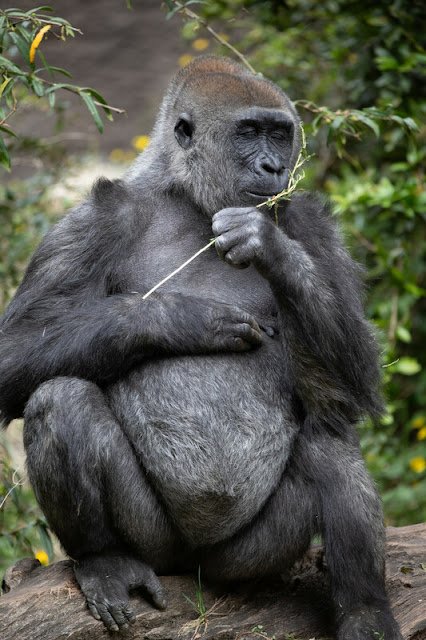 |
| Sweet and Gentle Olympia, one of the women of Nadaya’s family group, seems to enjoy training sessions (and the snacks that come with them). Photo: Jeremy Dwyer-Lindgren/Woodland Park Zoo |
There are currently 11 gorillas living in Woodland Park Zoo, in two separate family groups, each led by one of our two silverbacks (the adult male family leaders) Kwame and Nadaya. Every day, our amazing Gorilla keepers cut time to work with the gorillas in volunteers, one-on-one-positive reinforcement (think favorite goodies!) Training sessions through protective mesh that builds trust. Many of our holders have worked with these gorillas for years and even decades, so the relationship between them is long -lasting and strong.
Before sessions could begin with the cardiamobile equipment, there was a need for changes in the back of the side to ensure that the sensors could be placed correctly for both the gorillas and the holders. And since it is normal and natural for gorillas to show caution about new things, the holders made sure there was time to desensitize them to the equipment so they would be comfortable with it. All this takes time, patience and confidence.
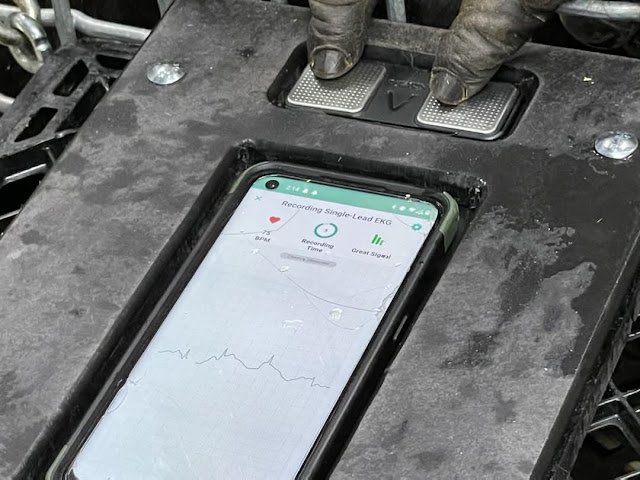 |
| Cincinnati Zoo is one of the partner institutions for the Great Ape Heart project. Here you can see One of their sessions where Gorilla Tulivus’s fingers were small enough to look after the sensor pad. S.Hoto: With permission from Cincinnati Zoo |
The sessions began by establishing “touch” (with fingers), “sitting” and “chest” behavior (for a provisional “stick” with a fastened sensor to touch their chest). Then desensitize the sensor platform, the sensor itself and the phone. Each new item unknown to the gorillas required time to allow them to be comfortable with it. They also had to be comfortable with a keeper that easily presses their “marker” fingers to increase the pressure and improve the electrical signal. Keepers wore gloves during these sessions to ensure that their own conductivity did not disturb the gorillas.
One of Silverback Nadaya’s favorite treats is grapes. He has always seemed to enjoy one-on-one keeper attention (and grapes) that come with training time. So it was his go-to-snack to collaborate in these sessions. Nadaya was big for placing his fingers where they had to be on the 2-lead sensor, but they were a little too big for the small touch pad designed for human fingers. It was also difficult to get him to keep his fingers still with the right amount of pressure on place long enough to get a proper 30 second treatment. This is where the chest sensor came into play. It worked for Nadaya, our other Silverback Kwame and several other gorillas!
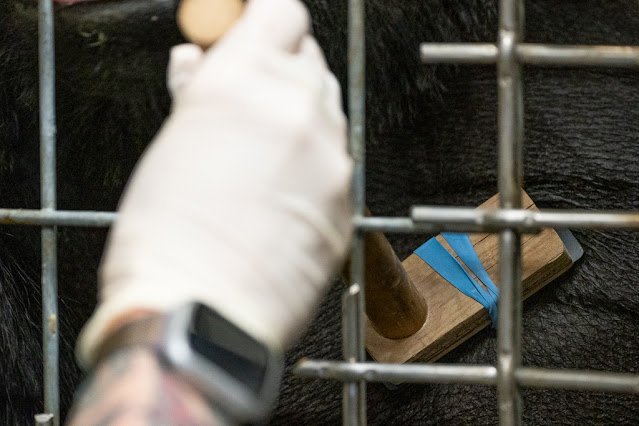 |
| A chest sensor works better for some of our larger gorillas like kwame. These training sessions are completely volunteer and the gorillas can remain relaxed and enjoy some goodies while the ECG readings are taken. Photo: Jeremy Dwyer-Lindgren/Woodland Park Zoo |
Contact with a breast presentation with a 6-lead sensor using Bluetooth solved the problem “Fidgety Fingers”. ECG readings from Nadaya, Kwame and some of the adult women could now be shared with our veterinary staff for use and review as needed.
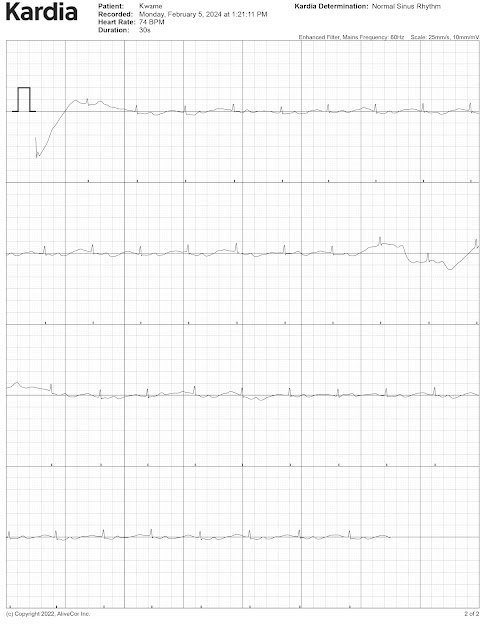 |
| Our veterinarians say that Kwames’s sinus rhythm is normal and healthy. We are so lucky that the trusting relationships between our animal holders and gorillas allow for this kind of heart health surveillance—And sharing this data with other preservation shells can help monitor the health of the larger population. |
You can learn more about the Great Ape Heart project here.
